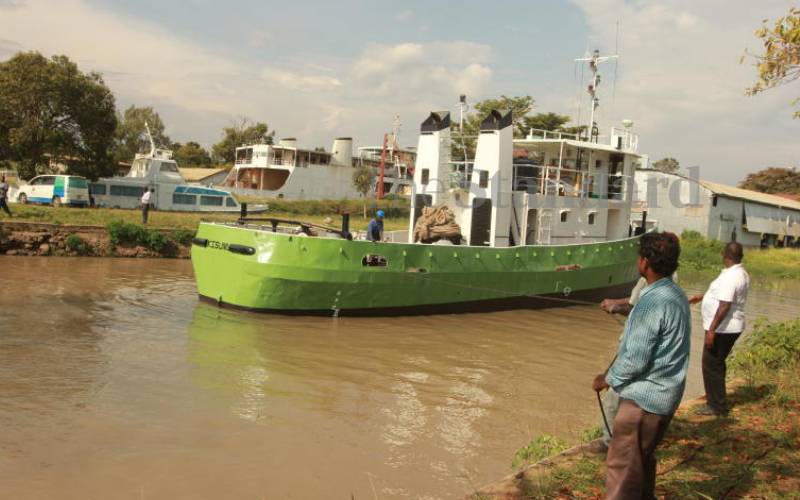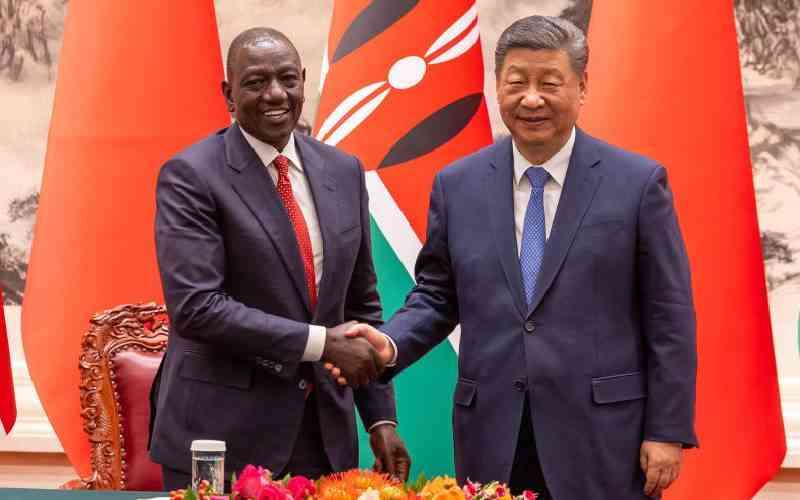×
The Standard e-Paper
Kenya’s Boldest Voice

MT Harambe, a ship capable of carrying 750,000 litres of oil, is guided into Lake Victoria. [Collins Oduor, Standard]
When the government started rehabilitating Kisumu Port, there were those who dismissed the initiative as a political stunt meant to appease the region after the 2017 post-poll chaos.







